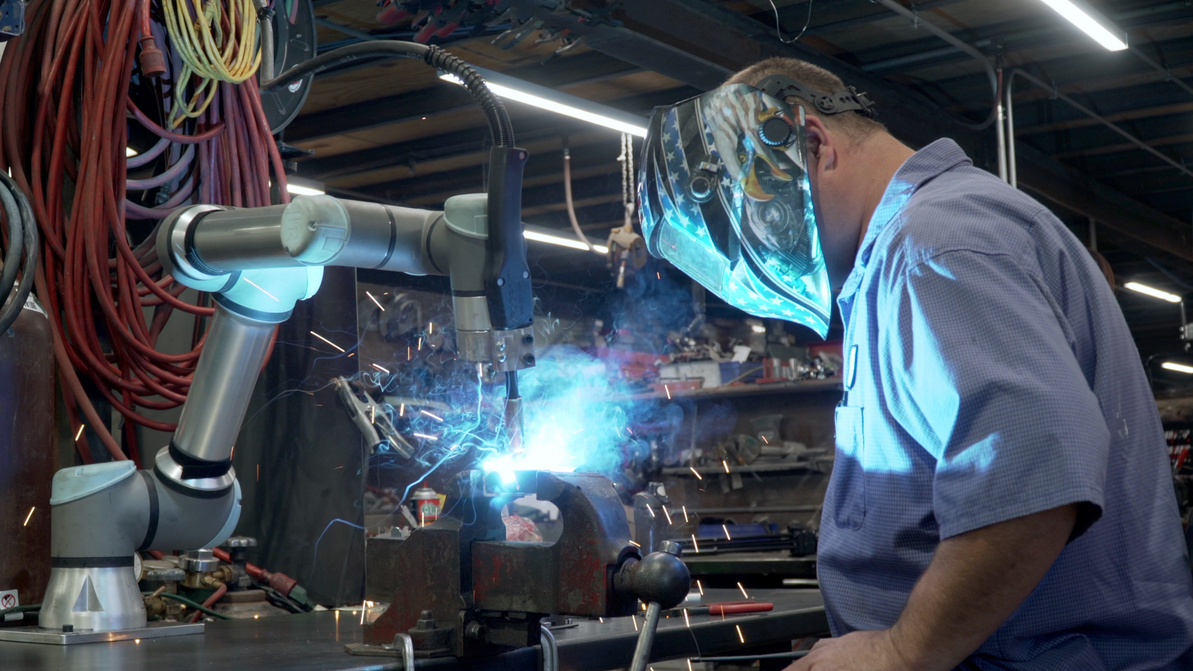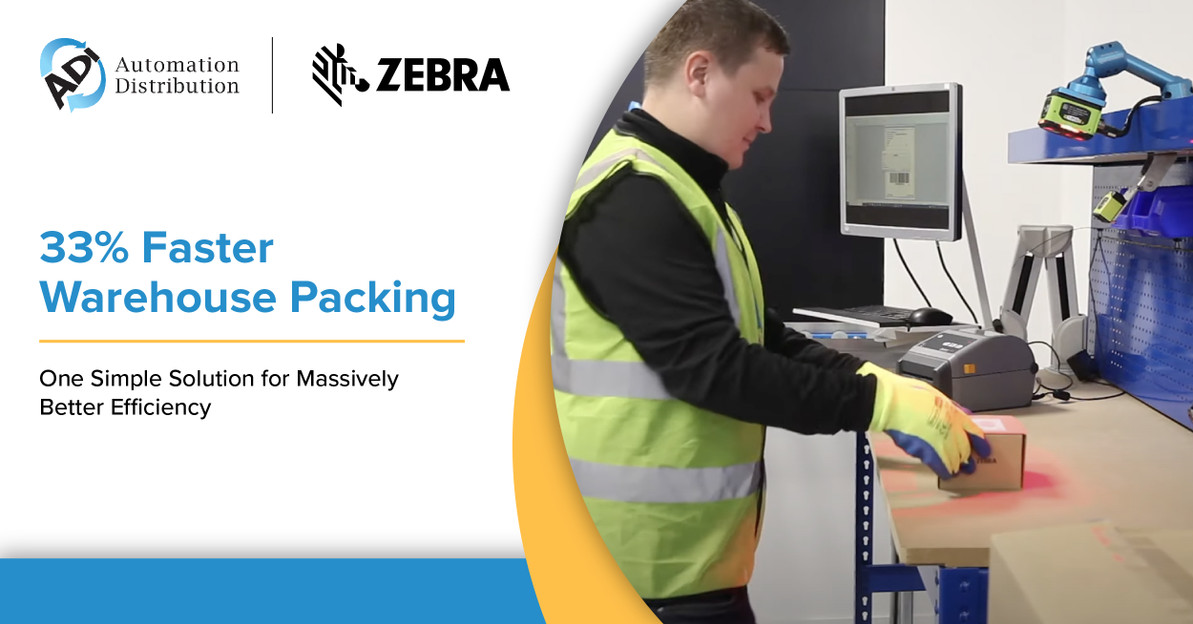Coronavirus Squelches Fears of Robots Replacing Humans
As industrial manufacturing companies search for social distancing solutions amidst the pandemic, some workers who previously held fears of being replaced by automation have found that robotics are not quite ready to fill some roles.
According to the Wall Street Journal, meat processors have triple the national average of manufacturing employees per 1,000 square feet and is the only manufacturing sector to see an increase in worker density over the last five years. “Executives of Tyson and other meat giants, including JBS USA Holdings Inc. and Cargill Inc., say that is because robots can’t yet match humans’ ability to disassemble animal carcasses that subtly differ in size and shape. While some robots, such as automated ‘back saw’ cutters that split hog carcasses along the spinal column, labor alongside humans in plants, the finer cutting, such as trimming fat, for now largely remains in the hands of human workers, many of them immigrants.”
Current robotic technology lacks the nuance offered by the human eye that is vital to profitability in meat processing. Subtle variations in color and shape make cutting more difficult for a machine, which is typically programmed to work with standardized shapes, colors, weights and sizes. “Labor is still cheaper, and humans can do those skilled jobs much better than machines can,” said Mark Lauritsen, an international vice president for the United Food and Commercial Workers International Union.
While some industries may be struggling to find social distancing with increased automation, others are embracing collaborative robotics to perform more predictable, repetitive tasks. Collaborative robots are well-suited to pick and place items from bins or conveyors and perform assembly functions that require handling components. As an added bonus, cobots such as the Universal Robots can be programmed in just a few hours and be easily moved around a factory floor to perform multiple tasks.
According to BCG, deployment of industrial robots is concentrated in five countries, including the US, and four primary manufacturing areas: computers and electronics, appliances and electrical equipment, transportation, and machinery. Historically, the cost of manufacturing robots has limited acquisition of the technology to large, corporate factories with matching large, corporate budgets.
Cost of ownership for the newest wave of collaborative robots is far easier to swallow with some small and medium-sized companies seeing an ROI in only six months. Calculate your ROI for collaborative robots here.
Collaborative robotics offer other advantages besides a lower price than traditional industrial robots. Cobot arms are designed with sensors to ensure they can work safely alongside other employees and may not require the extensive safety caging footprint other manufacturing robots need. Companies such as Universal Robots offers an extensive selection of plug-n-play tooling and online training programs as well as in-person training at authorized centers.
While manufacturing robot technology is still catching up to some specific industries and tasks, collaborative robots can be easily and inexpensively deployed by small and medium-sized businesses to adhere to social distancing guidelines, help slow the spread of the virus and make workers more comfortable in the new normal of their workspace.
Find out more about collaborative robots.
Recent Posts
-
Using Scan Tunnels to Track, Sort and Route Warehouse Packages
If you’re using conveyor lines to move products, packages and shipments through your warehouse, the …Apr 17th 2024 -
Embracing Collaboration: How Universal Robots Transformed DeAngelo Marine Exhaust
When the welding robots made their debut at DeAngelo Marine Exhaust, there was a mix of excitem …Apr 11th 2024 -
How to Speed Up Your Warehouse Packing by 33% with Machine Vision
Packing benches are some of the busiest areas of most warehouses, with thousands of items to pack i …Apr 4th 2024




